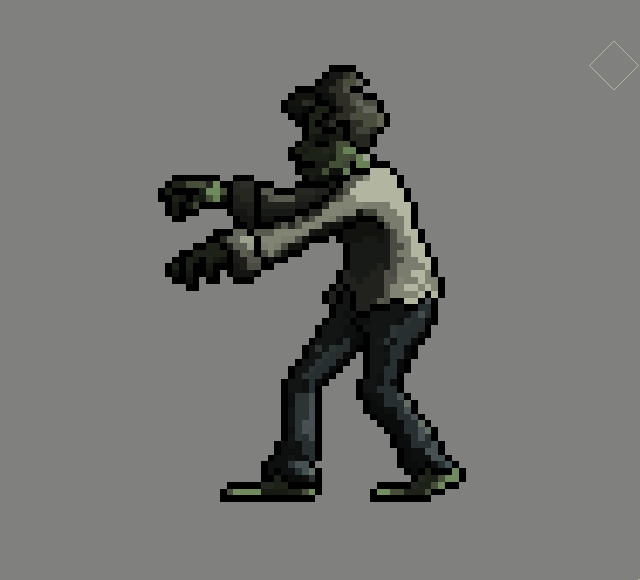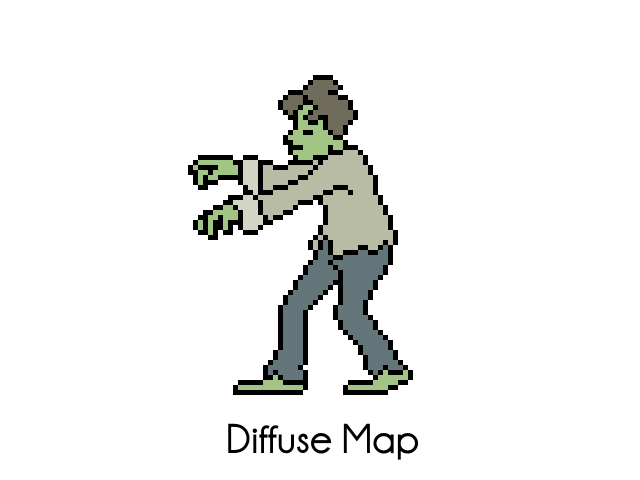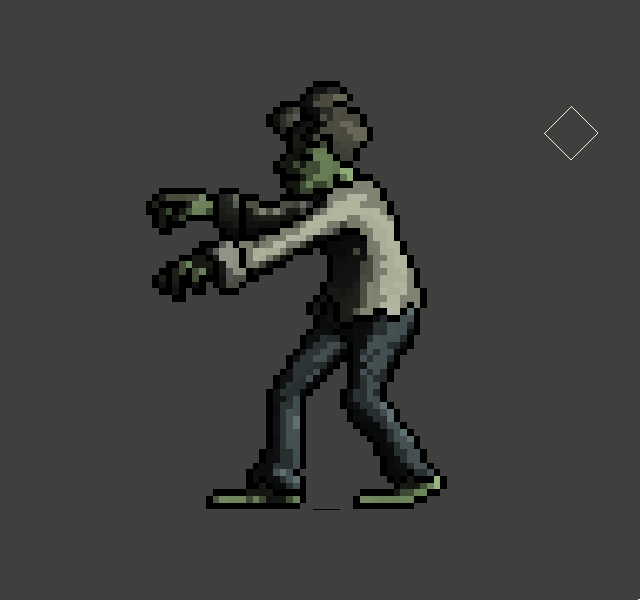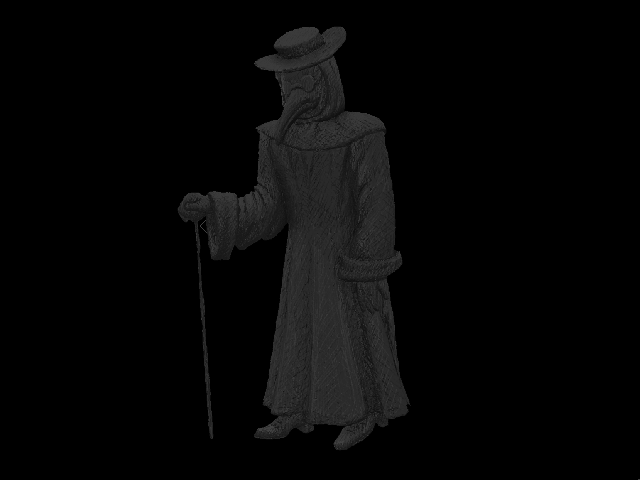Sprite Lamp: dynamic lighting of 2D objects
Australian indie game developer Finn Morgan has developed a very interesting and useful technology for dynamically highlighting 2D sprites Sprite Lamp . The highlight of this program is that to highlight an object from an arbitrary point does not require the construction of a 3D model .

Soon everyone will be able to use Sprite Lamp in their games.
Finn Morgan explains how the dynamic backlight program works. For example, take the standard “flat” zombie sprite.

The next step is to put the image in grayscale mode and create lighting profiles on each side: right, left, top and bottom. The program cannot do this on its own, so the developer must draw the profiles manually. At least two profiles are required, a maximum of five. The more profiles are created, the less is the requirement for their accuracy. The above zombie animation is generated based on four profiles.

After that, the profiles are fed to the Sprite Lamp program.

Sprite Lamp creates custom lighting maps based on loaded profiles. The result is as follows.

Sprite Lamp works well with pixel art and scanned pencil sketches.

On November 13, Finn Morgan will begin raising funds on Kickstarter for his project. At the moment, the program works only under Windows. After receiving funding, the author promises to develop versions for Linux and Mac OS X. Three versions of Sprite Lamp will be released: free, a version for amateurs and a professional. Unfortunately, developers of independent games are unlikely to be able to use the free version, because it will embed watermarks in the animation, but the cost of a fully functional version for fans will not be very high. It is hoped that pretty soon the code of such a program will be published in the public domain, because the thing is very useful.

Soon everyone will be able to use Sprite Lamp in their games.
Finn Morgan explains how the dynamic backlight program works. For example, take the standard “flat” zombie sprite.

The next step is to put the image in grayscale mode and create lighting profiles on each side: right, left, top and bottom. The program cannot do this on its own, so the developer must draw the profiles manually. At least two profiles are required, a maximum of five. The more profiles are created, the less is the requirement for their accuracy. The above zombie animation is generated based on four profiles.

After that, the profiles are fed to the Sprite Lamp program.

Sprite Lamp creates custom lighting maps based on loaded profiles. The result is as follows.

Sprite Lamp works well with pixel art and scanned pencil sketches.

On November 13, Finn Morgan will begin raising funds on Kickstarter for his project. At the moment, the program works only under Windows. After receiving funding, the author promises to develop versions for Linux and Mac OS X. Three versions of Sprite Lamp will be released: free, a version for amateurs and a professional. Unfortunately, developers of independent games are unlikely to be able to use the free version, because it will embed watermarks in the animation, but the cost of a fully functional version for fans will not be very high. It is hoped that pretty soon the code of such a program will be published in the public domain, because the thing is very useful.
